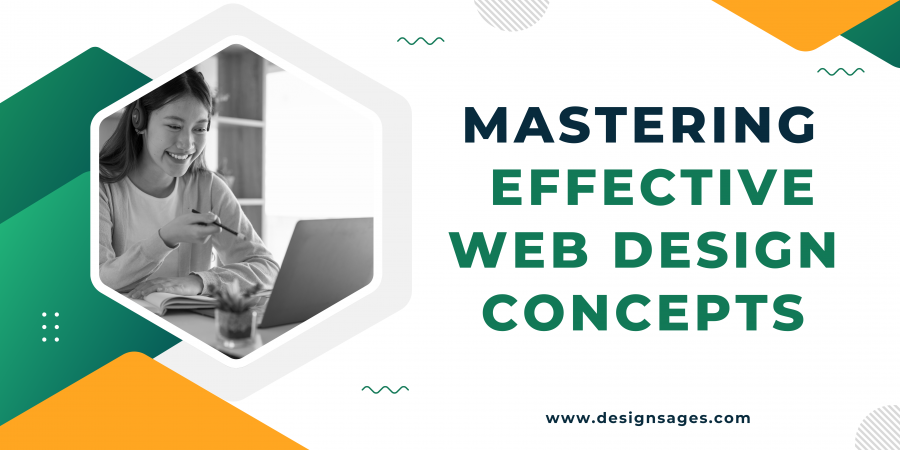Crafting User-Friendly Websites: Mastering Effective Web Design Concepts
Understanding User-Centered Design
User-centered design is the cornerstone of creating websites with exceptional user experience. By putting the needs and preferences of users at the forefront, web development company can develop sites that are not only visually appealing but also intuitive and easy to navigate.
Simplifying Navigation Structures
An essential aspect of user-friendly web design is a clear and logical navigation structure. Visitors to a website should be able to find the information they are looking for quickly and easily. By organizing content in a hierarchical manner and incorporating intuitive navigation menus, users can seamlessly move through the site.
Optimizing Page Load Speed
In today’s fast-paced digital world, users expect websites to load quickly. Slow loading times can lead to high bounce rates and frustrated visitors. Web designers should optimize images, minify code, and leverage browser caching to ensure that pages load swiftly and efficiently.
Embracing Responsive Design
With the increasing use of mobile devices, it is essential for websites to be responsive across various screen sizes and resolutions. Responsive design ensures that the layout and content of a website adapt seamlessly to different devices, providing users with a consistent experience regardless of the device they are using.
Leveraging Visual Hierarchy
Visual hierarchy plays a crucial role in guiding users’ attention and highlighting important content on a website. By using contrasting colors, font sizes, and spacing, web designers can create a clear visual hierarchy that directs users to key information and calls to action.
Implementing Intuitive Forms and Calls to Action
Forms and calls to action are critical elements of a website that require careful attention. Designing intuitive forms that are easy to fill out and strategically placing clear calls to action can significantly improve user engagement and conversion rates.
Conclusion
Effective web design is not just about creating visually appealing websites but also about crafting user-friendly experiences. By focusing on user-centered design, simplifying navigation structures, optimizing page load speed, embracing responsive design, leveraging visual hierarchy, and implementing intuitive forms and calls to action, web designers can create websites that delight users and drive results.


